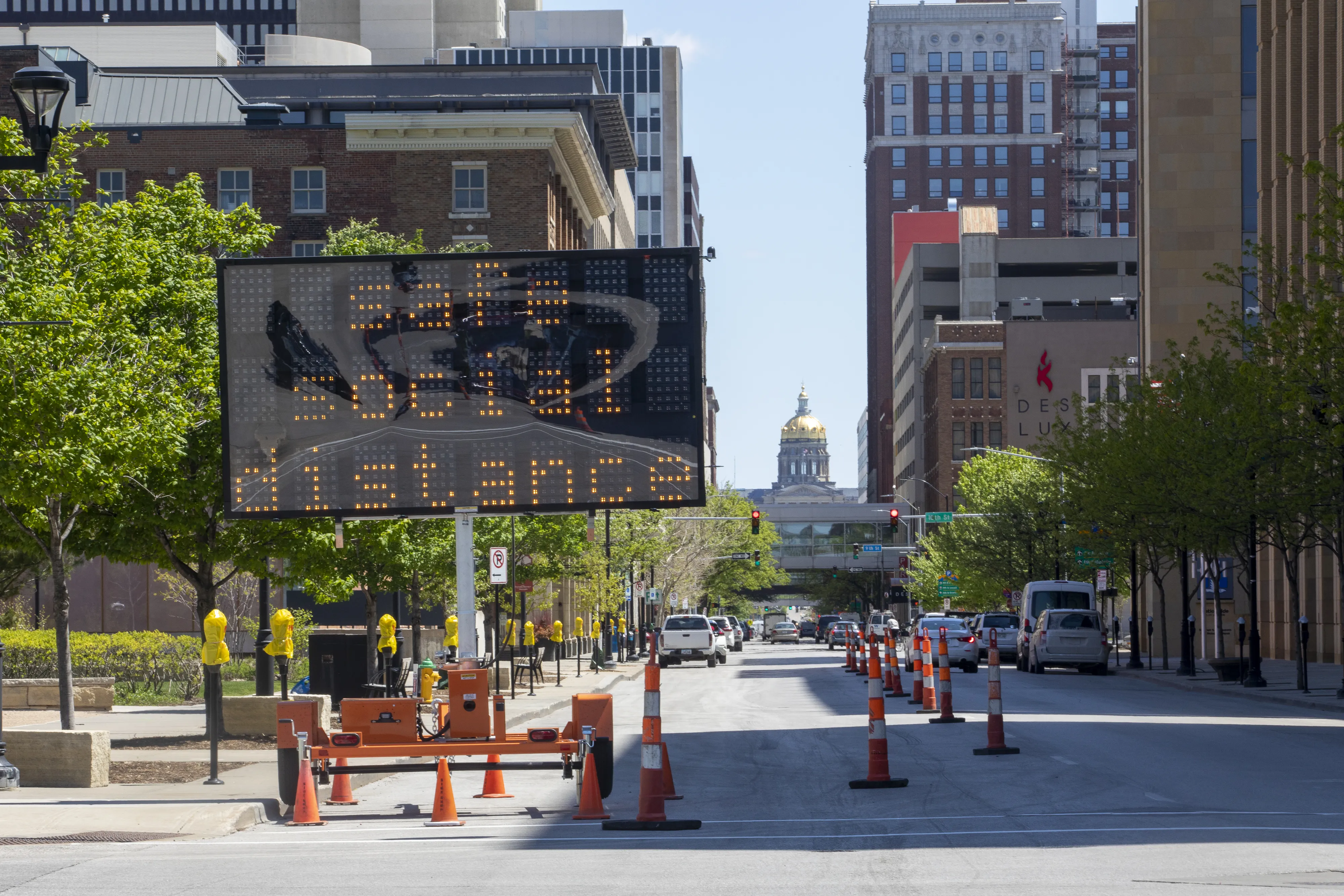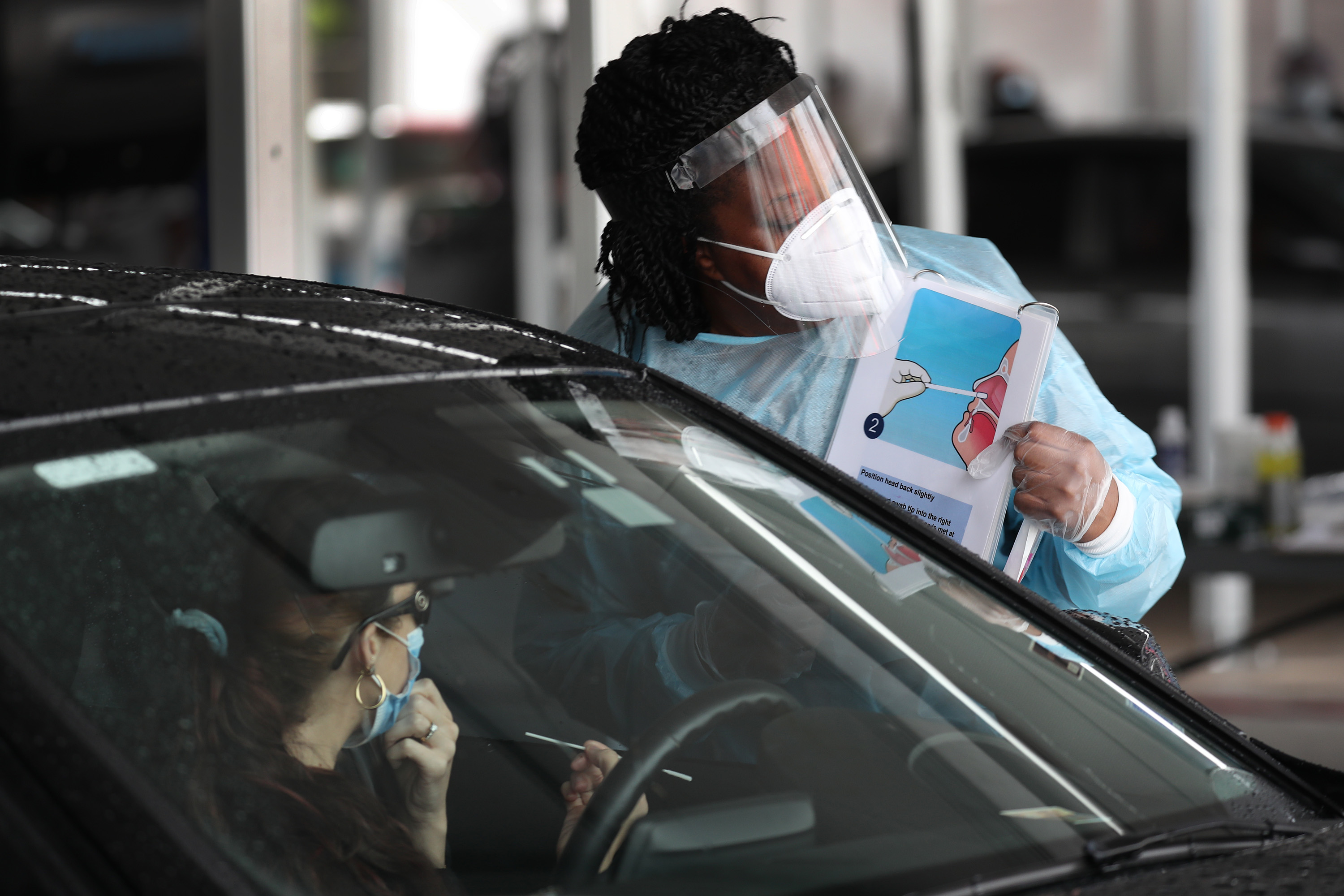The average number of new coronavirus cases in Illinois has been steadily increasing for more than a month, to the point where the state has nearly reached the threshold at which Chicago requires anyone entering the city from more than a dozen states to quarantine for 14 days under an emergency travel order.
Public health data shows that the 7-day rolling average number of new cases in Illinois - calculated excluding Chicago - stood at 14.3 new coronavirus cases per 100,000 people as of Wednesday.
That figure is calculated as a seven-day moving average, which is the average of the number of cases on a given day, plus the previous six, then adjusted for population. Public health experts say that figure is considered the norm to examine any trendline and could signal a "hot spot" for spread of the virus.
That 14.3 per 100,000 figure puts Illinois just below the line at which the city of Chicago could theoretically include it in its list of states for which the city requires a 14-day quarantine under its emergency travel order.
States are added to Chicago's quarantine list if they have "a case rate greater than 15 new COVID-19 cases per 100,000 resident population, per day, over a 7-day rolling average," city officials say. Updated every Tuesday, that list now includes 19 states, including Wisconsin and Missouri, as well as Puerto Rico.
Illinois' seven-day average number of new cases, adjusted for population and calculated excluding Chicago, has been rising quickly and sharply in recent weeks. After peaking at 16.2 on May 18, the state dropped to a low of just 4.3 exactly one month later before starting to climb back up.
That rolling average was 9.2 cases per 100,000 people three weeks ago, then 11 new cases two weeks ago, reaching 12.2 last week, up to 14.4 on Tuesday before dropping just slightly to 14.3 on Wednesday. That slight decrease from Tuesday to Wednesday marked the first time the rolling average has dropped instead of risen in the previous 10 days.
Conversely, Chicago has been trending down in its recent averages of new daily cases as a proportion of population. As of Tuesday, the rolling average stood at 11.7 new cases per 100,000 people over the past seven days, which has been decreasing over the past week, unlike the rest of the state.
But don't expect the rest of Illinois to actually be added to Chicago's travel order, even if the state does reach that 15 case average. When asked on July 29 if city officials were considering a quarantine requirement for other locations in the state, Mayor Lori Lightfoot quickly shot that down.
"No, we're going to continue working with the governor and his team as well as [the Illinois Department of Public Health] to make sure that we are providing supports for residents here, and we can continue to educate everyone into compliance," she said.



